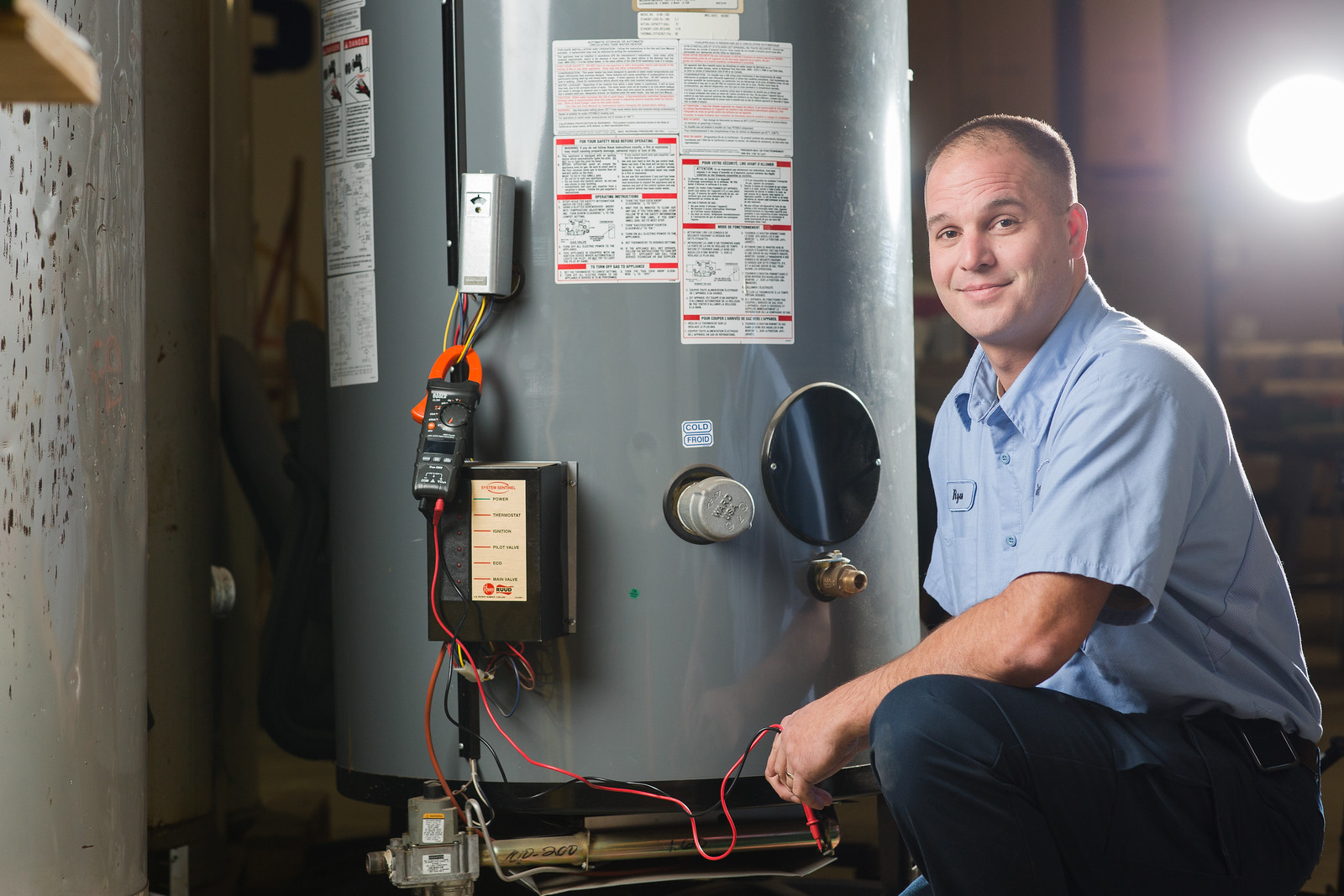Listed here down the page you can find additional high-quality information and facts regarding Tips For Maintaining Your Hot Water Heater.

Warm water is vital for day-to-day comfort, whether it's for a revitalizing shower or washing meals. To guarantee your hot water system runs effectively and lasts longer, routine upkeep is key. This post supplies practical suggestions and understandings on how to preserve your home's warm water system to avoid interruptions and pricey repairs.
Intro
Keeping your home's hot water system may appear daunting, however with a couple of simple steps, you can guarantee it runs smoothly for many years to find. This overview covers everything from recognizing your warm water system to DIY maintenance pointers and knowing when to contact specialist aid.
Relevance of Maintaining Your Hot Water System
Routine upkeep not just extends the lifespan of your hot water system however additionally guarantees it operates efficiently. Neglecting maintenance can result in reduced performance, greater power bills, and even premature failure of the system.
Indications Your Warm Water System Requirements Upkeep
Recognizing when your warm water system requires attention can prevent major issues. Watch out for indications such as inconsistent water temperature level, odd sounds from the heating system, or corroded water.
Flushing the Hot Water Heater
Purging your hot water heater eliminates debris accumulation, enhancing effectiveness and extending its life.
Monitoring and Replacing Anode Rods
Anode rods prevent corrosion inside the tank. Examining and replacing them when worn out is important.
Complex Issues Requiring Professional Help
Instances consist of significant leakages, electric issues, or if your water heater is regularly underperforming.
Routine Professional Upkeep Conveniences
Specialist upkeep can include extensive evaluations, tune-ups, and guaranteeing compliance with safety criteria.
Evaluating and Changing Temperature Settings
Readjusting the temperature level setups guarantees optimal performance and safety.
DIY Tips for Upkeep
You can do several upkeep tasks yourself to maintain your warm water system in top condition.
Looking for Leakages
Frequently inspect pipelines and links for leaks, as these can bring about water damages and higher costs.
Comprehending Your Hot Water System
Prior to diving right into maintenance jobs, it's practical to understand the standard elements of your hot water system. Commonly, this consists of the water heater itself, pipelines, anode rods, and temperature level controls.
Regular Monthly Maintenance Tasks
Normal regular monthly checks can aid capture minor concerns before they rise.
Checking Pressure Alleviation Valves
Evaluating the stress relief valve guarantees it works appropriately and stops excessive stress buildup.
Shielding Pipes
Insulating warm water pipes decreases warmth loss and can save power.
When to Call an Expert
While DIY upkeep is advantageous, some concerns require expert knowledge.
Verdict
Regular maintenance of your home's warm water system is important for performance, longevity, and expense savings. By complying with these pointers and understanding when to look for professional assistance, you can ensure a trustworthy supply of warm water without unforeseen disturbances.
How to Maintain an Instant Hot Water Heater
Before tinkering with your hot water heater, make sure that it’s not powered on. You also have to turn off the main circuit breaker and shut off the main gas line to prevent accidents. Also turn off the water valves connected to your unit to prevent water from flowing into and out of the appliance. 2. When you’re done, you have to detach the purge valves’ caps. These look like the letter “T†and are situated on either side of the water valves. Doing so will release any pressure that has accumulated inside the valves while at the same time avoid hot water from shooting out and burning your skin. 3. When the purge valves’ caps are removed, you have to connect your hosing lines to the valves. Your unit should have come with three hoses but if it didn’t, you can purchase these things from any hardware or home repair shops. You can also get them from retail stores that sell water heating systems. Read the user’s manual and follow it to complete this task properly. When the hosing lines are connected, open the purge port’s valves. 4. You should never use harsh chemical cleaners or solutions when cleaning your unit. Make use of white vinegar instead. It should be undiluted and you’ll probably use about 2 gallons. 5. Now flush your water heater. This task should probably take about 40 minutes. We can’t give you specific directions for this because the procedure is carried out depending on the type, model and brand of your heater. With that being said, refer to the user’s manual. 6. When you’re done draining the unit, you have to turn off the purge port valves again. Remove the hosing lines that you earlier installed on each of the water valves. Put the valve caps (purge port) back in their respective places and be very careful so as not to damage the rubber discs that are found inside these caps. 7. Now that everything’s back in place, check your user’s manual again to find out how to reactivate your water heating system. 8. Once it is working, turn one of your hot water faucets on just to let air pass through the heater’s water supply pipes. Leave the tap on until water flows smoothly out of it. https://www.orrplumbing.com/blog/2014/september/how-to-maintain-an-instant-hot-water-heater/

I'm certainly very excited about How to Maintain a Hot Water Heater in a Few Simple Steps and I'm hoping you enjoyed reading the entire entry. Sharing is good. Helping others is fun. I am grateful for your time. Revisit us soon.
Call Today